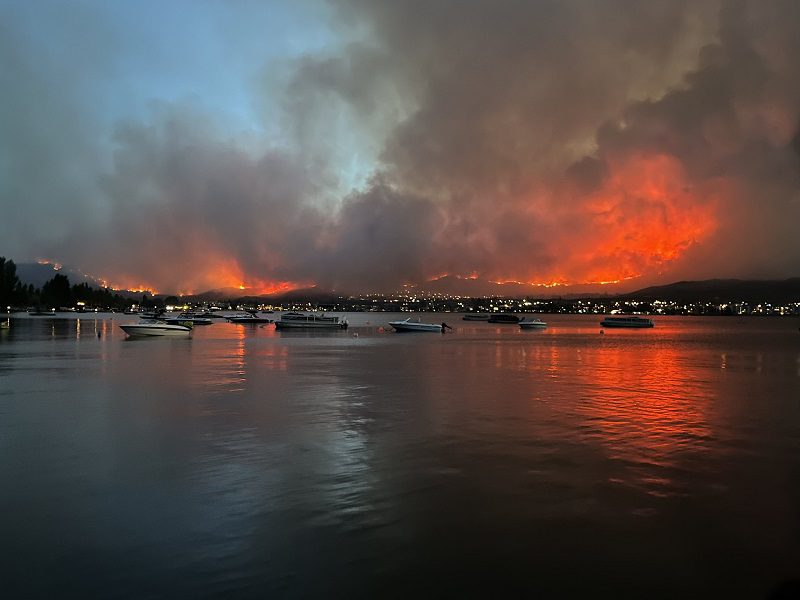What will determine the severity of this year’s wildfire season?

Precipitation in June will likely determine the severity of this year’s wildfire season in western Canada, says Glenn McGillivray, managing director of the Institute for Catastrophic Loss Reduction (ICLR).
Although it may seem like a quiet start to the year with only one catastrophe declared in 2024 Q1, the average number of Cat events in the first quarter is one or two, adds Laura Twidle, president and CEO of Catastrophe Indices and Quantification (CatIQ).
McGillivray notes some experts are indicating the 2024 wildfire season will be as bad or worse than 2023. Last year was the worst fire season on record, burning more than 18.5 million hectares and forcing more than 230,000 people from their homes, according to the Canadian Press.
“It’s not quite clear to me that we will have the national challenges that we had last year,” McGillivray tells Canadian Underwriter. “That being said, the 2024 wildfire season in B.C. or Alberta could be worse than 2023 from a provincial perspective.”
Less than one week ago, there were 113 fires reported in B.C., McGillivray said Friday; some have triggered evacuation notices or actual evacuations.
“B.C., Alberta and parts of some Territories are extremely dry right now,” he says. “Some places are in their fourth year of drought.”
Much will depend on precipitation in June. “This will be a big decider of whether there really will be another bad fire season out West or not.”
One declared Cat
The first quarter of 2024 only saw one declared Cat, meaning $30 million or more in insured losses, Twidle tells CU. That ‘deep freeze’ in January caused more than $180 million in insured damage.
In January, B.C., Alberta and Saskatchewan experienced extreme cold weather that led to widespread water damage caused by frozen and burst pipes, Insurance Bureau of Canada said in a Mar. 11 press release, using initial estimates from CatIQ. IBC said at the time approximately 70% of all claims were personal-property related.
Much of Western Canada started 2024 with unseasonably mild temperatures, but on Jan. 12, daytime highs dipped sharply to well below the seasonal normal and persisted for several days. Dozens of new daily minimum temperature records were set, and Edmonton saw four straight days with temperatures between -40 and -45 degrees Celsius.
The average number of Q1 events is one to two, Twidle says, adding that last year there were only two Cat events in the first quarter. “It wasn’t until July when the ‘abnormal’ activity started.”
July and August saw severe summer storms in Ontario ($340 million), flooding in Nova Scotia in July ($170 million), NWT wildfires in August and September ($60 million), B.C. wildfires in August and September ($720 million), and a Winnipeg hailstorm in late August ($140 million), IBC reported in January.
McGillivray agrees the first quarter is typically quiet from a Cat perspective. “Things, of course, begin to ramp up in 2Q and 3Q as we get into flood and convective storm season and deeper into wildfire season.”
Feature image: The Osoyoos fire is seen burning across the lake in Osoyoos, B.C., in a Saturday, July 29, 2023, handout photo. THE CANADIAN PRESS/HO-Walter Wells, *MANDATORY CREDIT*



